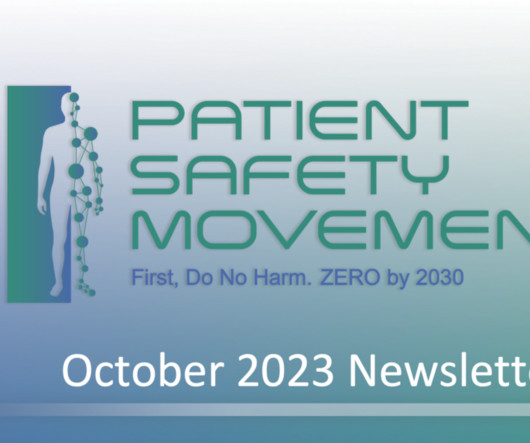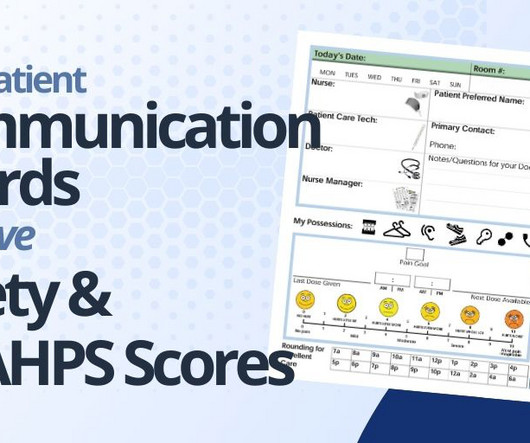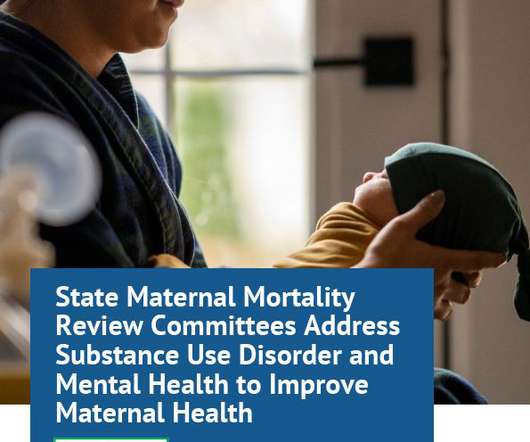AHRQ Effective Healthcare Protocols for Patient Safety Available on Multiple Topics
Briggs Healthcare
SEPTEMBER 19, 2023
Mary Madison, RN, RAC-CT, CDP Clinical Consultant – Briggs Healthcare Patient safety research is growing, spanning across more healthcare settings, and considers a wide array of contextual factors. However, threats to patient safety are still emerging and evolving in a dynamic world.












Let's personalize your content